Photo by Mark Weinberg

It's here: Our game-changing guide to everyone's favorite room in the house. Your Do-Anything Kitchen gathers the smartest ideas and savviest tricks—from our community, test kitchen, and cooks we love—to help transform your space into its best self.
Grab your copyPopular on Food52
31 Comments
Antonia A.
December 23, 2020
To keep your faucets water spot free, dry to a shine w/ a cloth and rub w/ wax paper. The shine will last through a few sinks full of dishes.
Naomi R.
August 2, 2020
I love most all of the ideas. Most everything is simple and natural. The only thing I don't purchase or use any longer are microfiber clothes. This is synthetic man made cloth that when washed 8i n the sink or washer releases the synthetic fiber which runs out into the ocean and affects life there. These synthetic fibers clothes are not eco friendly at all. I follow someone called Wellness Mama on Facebook and she post so many amazing DIY natural living for almost anything. Love it. Thank you for your article. Have a great week stay safe.
Marilyn T.
April 19, 2020
The Mildew-Removing Soft Scrubber did not work for me at all. It made the mildew spots a lighter gray and made the caulk underneath it whiter, but it sure didn't remove the mildew. I'm disappointed.
Smaug
April 19, 2020
It might be worth trying a baking soda slurry- it's quite effective with some types of fungus; also for killing off moss.
GigiR
March 15, 2020
In a 4 cup Pyrex style glass measuring cup, I squeeze the juice of 4 or more lemons. I then put in enough water to make 2 cups of liquid.
Then I put this in the microwave. Yes, I use one. Set the time for 8 minutes on high and let ‘er rip.
When time’s up, open the door carefully, so as not to get a steam burn. Remove the measuring cup. Wipe clean the ceiling and walls and any removable gear like turntable and ring. Any hidden caked on detritus will come off easily, especially the inside ceiling of the m.o. And, bonus, will likely smell lovely.
Then I put this in the microwave. Yes, I use one. Set the time for 8 minutes on high and let ‘er rip.
When time’s up, open the door carefully, so as not to get a steam burn. Remove the measuring cup. Wipe clean the ceiling and walls and any removable gear like turntable and ring. Any hidden caked on detritus will come off easily, especially the inside ceiling of the m.o. And, bonus, will likely smell lovely.
catedecor
March 6, 2020
Spring cleaning is coming up soon and I want to be prepared this year. Thanks for the great tips I will have to use them. I found another post with some great tips https://www.regionchemdry.com/healthy-hotspots/
Smaug
January 10, 2020
Orange oil mixed with water makes a great, non toxic all around cleaner- 2Tb/ 1qt. water. It needs to be shaken every time you use it, but keeps fine. It is also extremely effective at stopping ants in their tracks.
Antonia A.
December 23, 2020
I also use it to keep the neighborhood cats off my porch (a tip from the vet): Spray to thoroughly wet & let dry naturally.
Robin M.
June 27, 2018
Half-Pint is wrong. Vinegar DOES cut grease; it does NOT clean dirt.
With that said, mixing acidic vinegar with alkaline soap causes neutralization and “unsoaponification.” So you should use soap to remove dirt, then vinegar to remove the “soap scum.” :)
- Also a chemist (& pharmacist)
With that said, mixing acidic vinegar with alkaline soap causes neutralization and “unsoaponification.” So you should use soap to remove dirt, then vinegar to remove the “soap scum.” :)
- Also a chemist (& pharmacist)
Jeanette M.
January 31, 2016
Do you have a receipe to clean the non smooth side of frosted glass! Thanks
Or what is your method and what solution to use to clean the nonsmooth side of frosted glass without leaving streaks?
Or what is your method and what solution to use to clean the nonsmooth side of frosted glass without leaving streaks?
Laura415
January 15, 2016
Thanks for these links and recipes. I've been using vinegar and water as a glass cleaner and although it seems to work I will try the recipe here. It's cool that borax, washing soda, vinegar, water, and various non toxic soaps and oils are all you need. I can't believe I actually have all those ingredients in my cupboard. Just need to combine them in different ways. Now if somebody can help come up with something other than bleach to really whiten my linen sheets and white towels. Homemade laundry soap is good but not that good. Hanging these things in the sun helps but doesn't keep the dinginess from creeping in.
GigiR
April 19, 2020
One trick with fabric items Is to wash them when they arrive home new. They typically have sizing in them. As you probably know, sizing helps the woven fibres align and garments to keep their intended shape. What happens over time is that the sizing yellows. And it’s a battle to rid of that dinge.
When washing the first time, see if the item can take hot water. If so, then pre-soak and wash in hot water. Sure, use detergent & bleach if it won’t ruin the texture etc.
You can also boil them in water etc on the stove if you have a roasting pan large enough with washing soda. You could transfer what you’ve washed to a washer for the rest of the cycle. Worth a try.
Sometimes with pillow cases, the yellow comes from urea in perspiration. Its hard to get rid of. Try an enzyme treatment if you use that kind of thing, or a peroxide based stain remover to pretreat.
Another possibility is that your domestic water supply has a lot of dissolved mineral in it, and it deposits itself on your sheets and towels and oxidizes over time, discolouring things. Truly annoying. We have iron in our water. It tends to leave a pink, then rust coloured stain.
Wish I had a solution for you. Perhaps pun intended.
When washing the first time, see if the item can take hot water. If so, then pre-soak and wash in hot water. Sure, use detergent & bleach if it won’t ruin the texture etc.
You can also boil them in water etc on the stove if you have a roasting pan large enough with washing soda. You could transfer what you’ve washed to a washer for the rest of the cycle. Worth a try.
Sometimes with pillow cases, the yellow comes from urea in perspiration. Its hard to get rid of. Try an enzyme treatment if you use that kind of thing, or a peroxide based stain remover to pretreat.
Another possibility is that your domestic water supply has a lot of dissolved mineral in it, and it deposits itself on your sheets and towels and oxidizes over time, discolouring things. Truly annoying. We have iron in our water. It tends to leave a pink, then rust coloured stain.
Wish I had a solution for you. Perhaps pun intended.
Mary L.
October 17, 2021
Right you are about iron in water. My home uses well water that has a high concentration of iron. Adding chlorine bleach to the wash water causes a chemical reaction that binds the iron to cotton, turning whites orange and ultimately a brownish grey. Oxygen bleach is the alternative whitening agent for the wash.
Emi L.
January 6, 2016
can any of these be made in advance and put aside until ready to be used? (shelf stable?)
Laura415
January 15, 2016
I don't know if this will appeal to you but you can put the dry constituents together in labelled jars. When it's time to use the cleaner add the water, vinegar, oil etc. This is not ready to use but it will save a little time. I do this with my homemade laundry detergent. I mix borax, washing soda and grated castile soap and leave it dry in a jar. When it's time to wash clothes I just add water and dissolve the dry in the wet. Takes 5 minutes.
Jack G.
January 5, 2016
what is the best natural cleaner for dirty grout?
GigiR
April 19, 2020
One answer is to not use too strong a cleaner like bleach. My experience with bleach was that the originally white grout was bleached out (water, detergent and bleach) by scrubbing. No dirt left, but my formerly white grout has lot it’s pigment and is now a uniform light beige colour. Whatever made it white was removed by accident.
One tip to those contemplating a new tile backsplash or other small tile job, mix the grout powder with distilled water.
It has no nasty mineral content to discolour the grout over time. Typically you can get distilled water at the drugstore. We get it in gallons at the grocery store.
One tip to those contemplating a new tile backsplash or other small tile job, mix the grout powder with distilled water.
It has no nasty mineral content to discolour the grout over time. Typically you can get distilled water at the drugstore. We get it in gallons at the grocery store.
Georgia S.
November 29, 2015
Half-pint, would you comment on the toilet cleaner? I've seen a mix of vinegar and baking soda recommended many times for cleaning toilets or drains. But just because the combo bubbles and fizzes doesn't mean any cleaning is going on. In fact either one alone, a strong acid or a strong base, would be more likely to be an effective cleaner. When mixed wouldn't they just interact to form a neutral ph solution with no particular cleaning power?
Sara
August 21, 2015
Chemically you may be right but vinegar has cleaned up every greasy mess I've ever had to clean. So how do we explain that?
Robin
July 25, 2015
There is a Tea Tree oil liquid soap available made by Dr Bronner. It is the only soap I use when I shower.
Smaug
July 24, 2015
What on earth is Tea Tree oil? I've seen various tree oils (Teak, Eucalyptus etc.) sold as wood finishes, but not this one. The tea plant (Camelia Sinensis) is by no stretch of the imagination a tree, so I suppose it refers to the Australian Tea Tree (Leptospermum Laevigatum).
Sarah E.
July 24, 2015
Good question! You're right that it comes from Australia. Tea tree oil is super versatile. Some people also like to use it as an antiseptic or for skin infections. You can find it in drugstores or on Amazon.
chris
July 25, 2015
Check the "country of origin" before you buy tea tree oil. I found myself with a bottle of TTO from China, and it is definitely inferior. I wouldn't use Chinese TTO on my skin, but I'm delighted to use it for a batch of mildew remover! Wiki says: Tea tree oil is an essential oil taken from the leaves of the Melaleuca alternifolia.
designforsolar
July 23, 2015
Thanks for this simple post! You mentioned that the lemon-based wood cleaner should be made anew for each batch, and the toilet cleaner, obviously as well. But will the others be okay to make in big batch and store, or do they need to be made just prior to using them?
Sarah E.
July 23, 2015
The soft scrubber might dry out a bit, but I bet you could reinvigorate it with a little more liquid soap. The rest can definitely be made in big batches. Just shake them up before using them again like you would a salad dressing.
HalfPint
July 23, 2015
Ok, the snotty little chemist in me has to debunk the vinegar cutting grease myth. It can't. I mean chemically, it's not possible. Vinegar is mostly water, very polar, hydrophillic (water-loving). Grease isand is non-polar, & hydrophobic (not water-loving). These two things are not going to interact with each other. The acetic acid in the vinegar cannot dissolve grease either. Unless there is a surfactant (e.g. dish detergent), the grease is going nowhere. Vinegar can remove dirt and it can remove soap scum (because it's acetic and the soap scum is an alkali, basic acid-base reaction).
GigiR
April 19, 2020
If you are cleaning painted trim and cupboard doors, ammonia and dish detergent in hot water works well to get grease off. Smells very sharp, but does a good job.


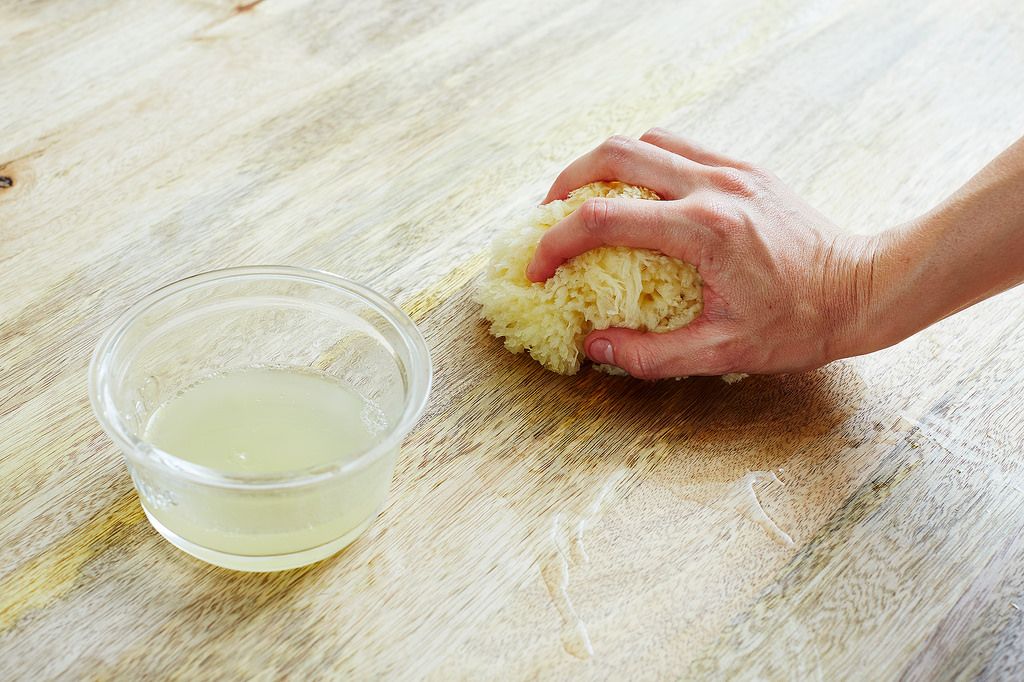
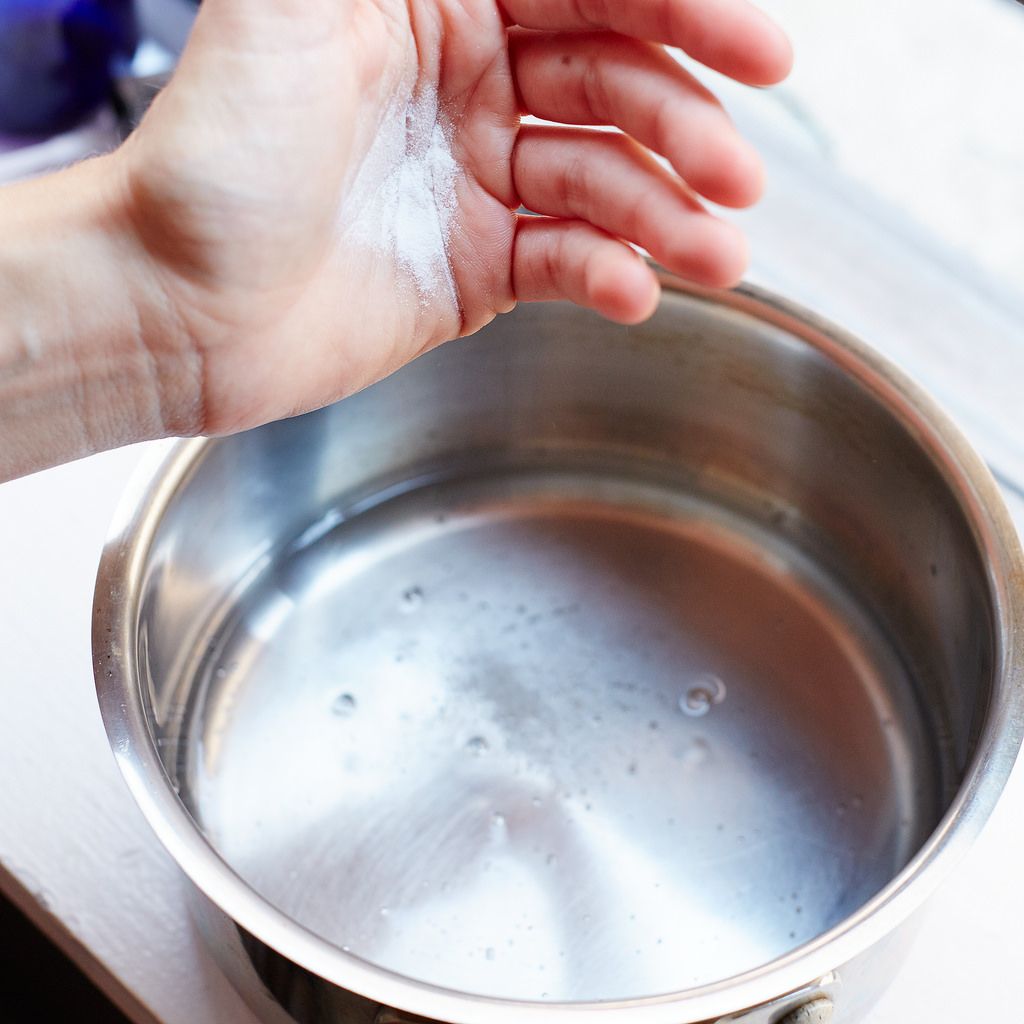

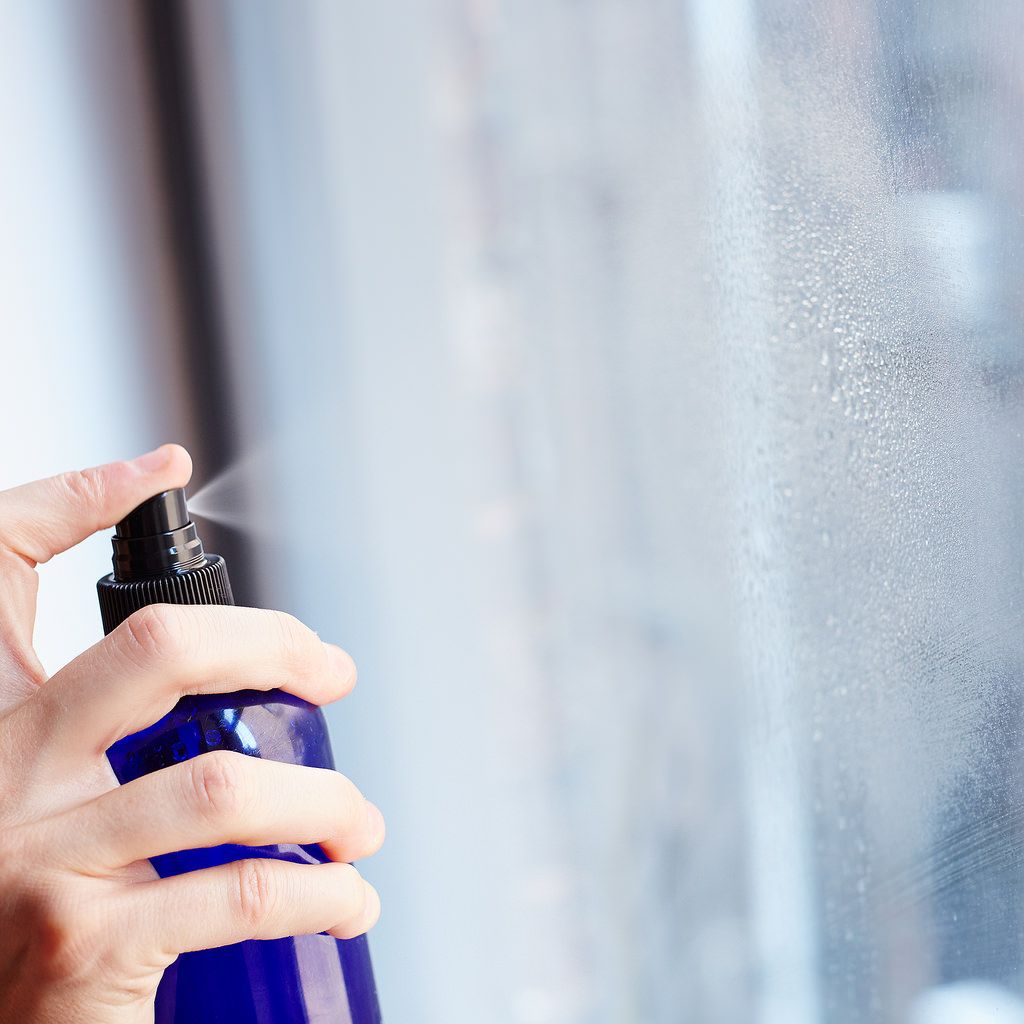

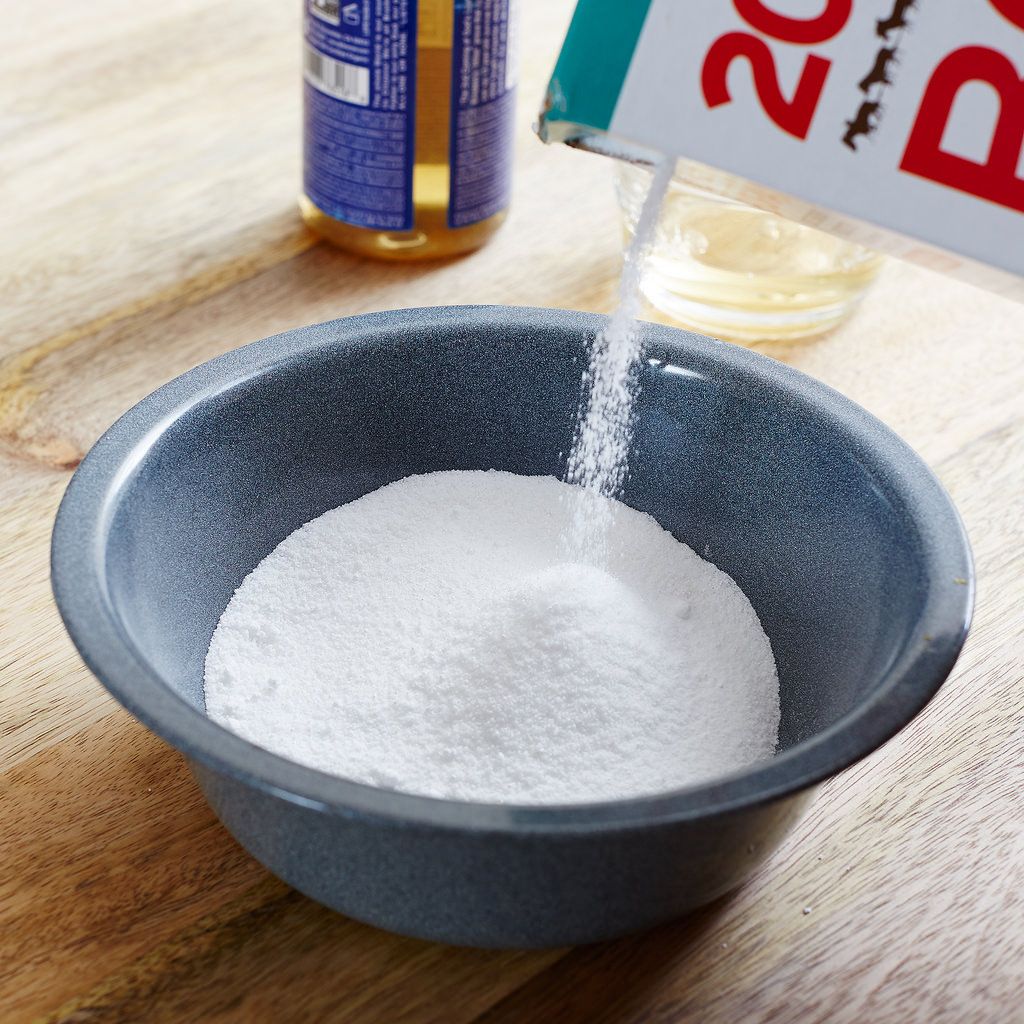
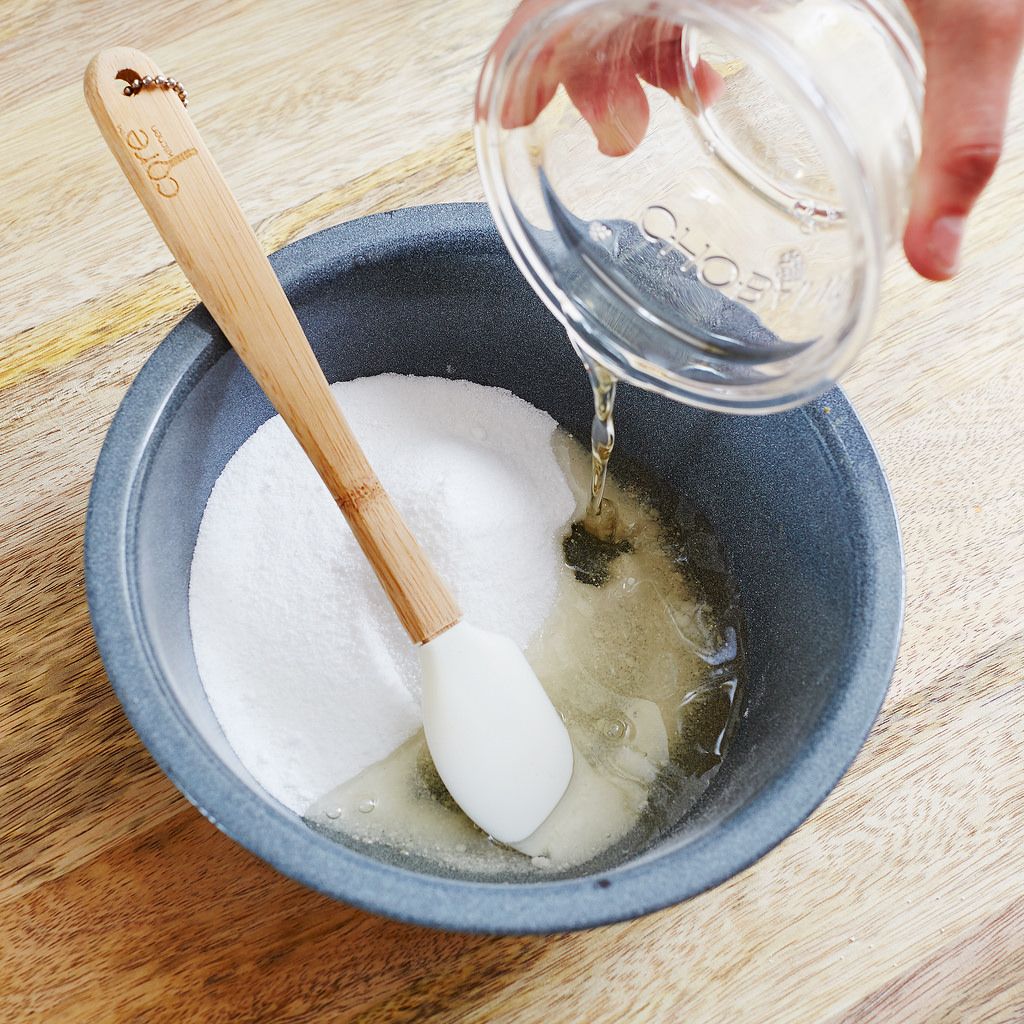

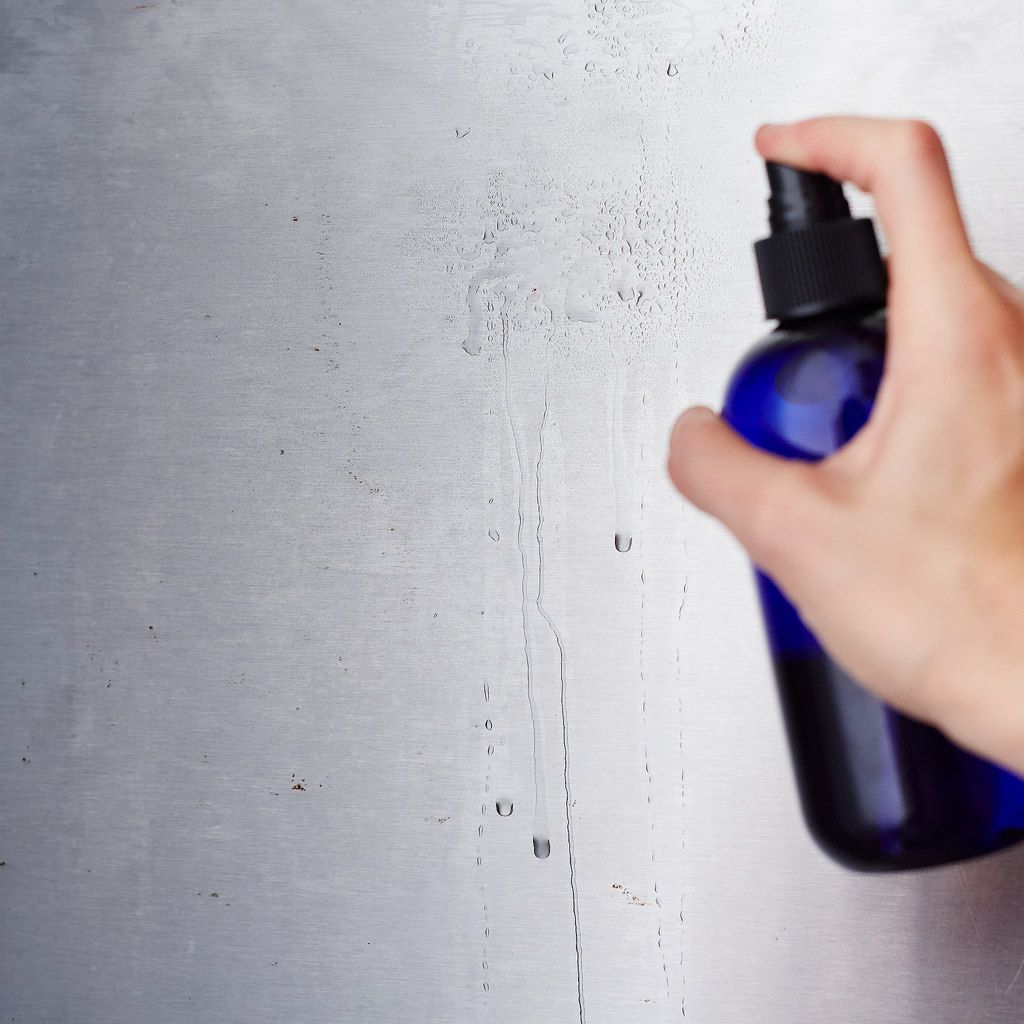
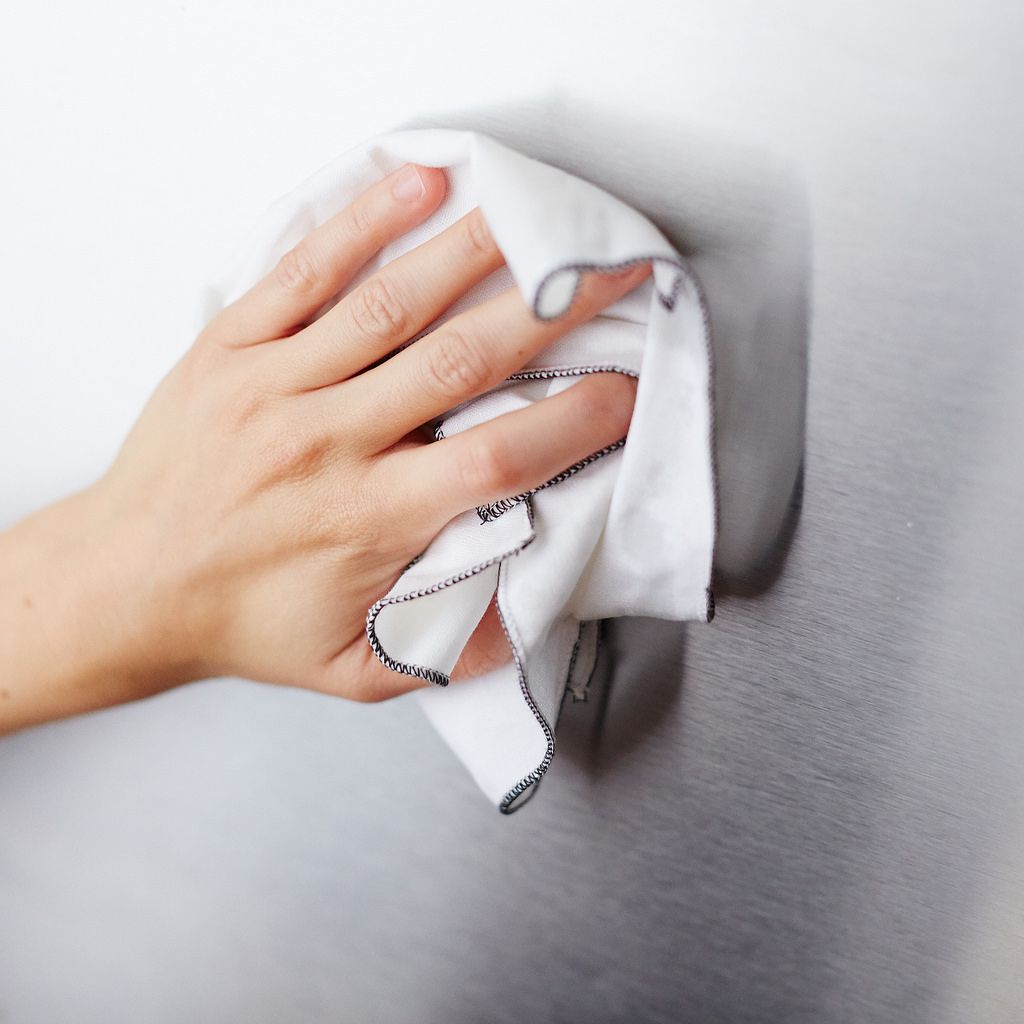

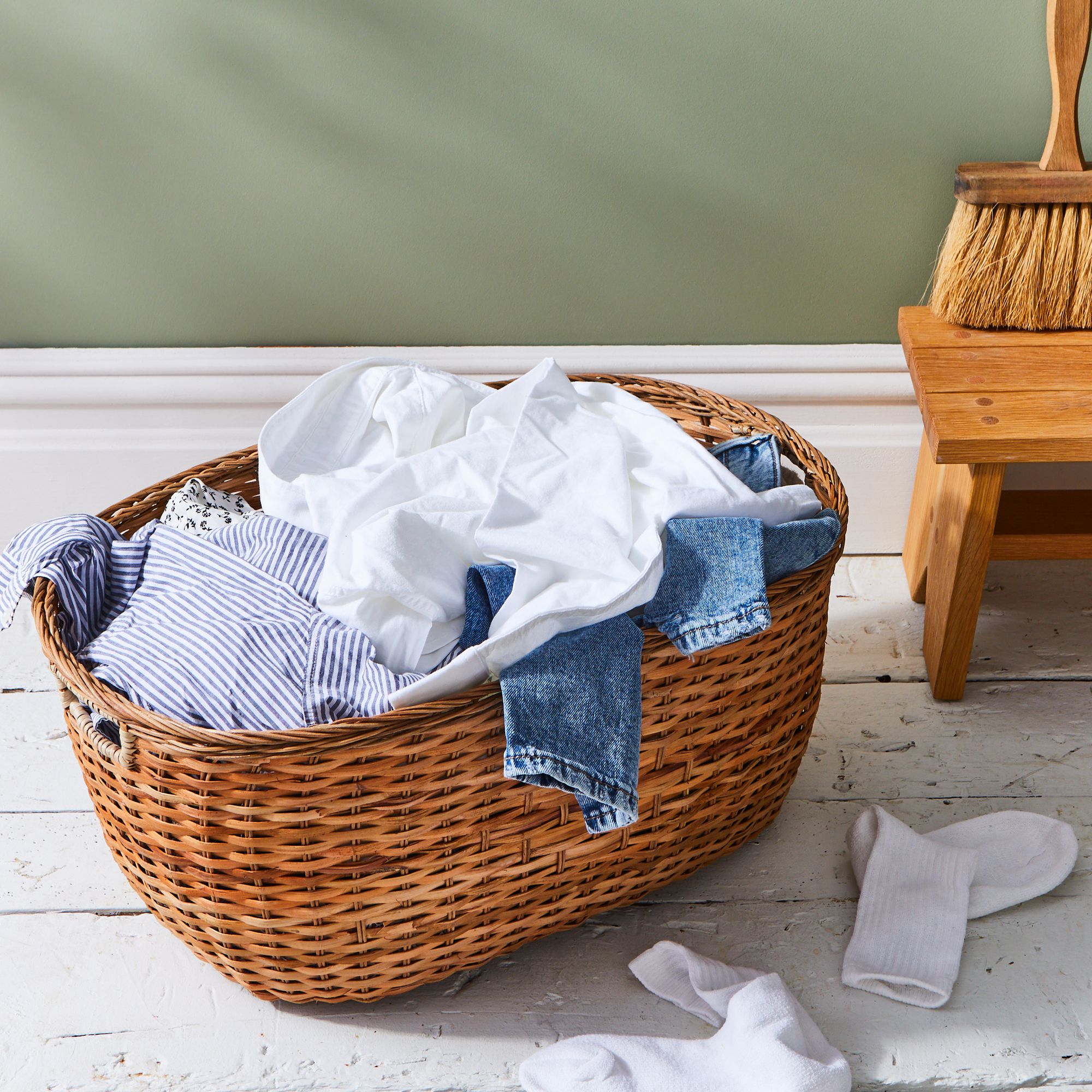

See what other Food52 readers are saying.